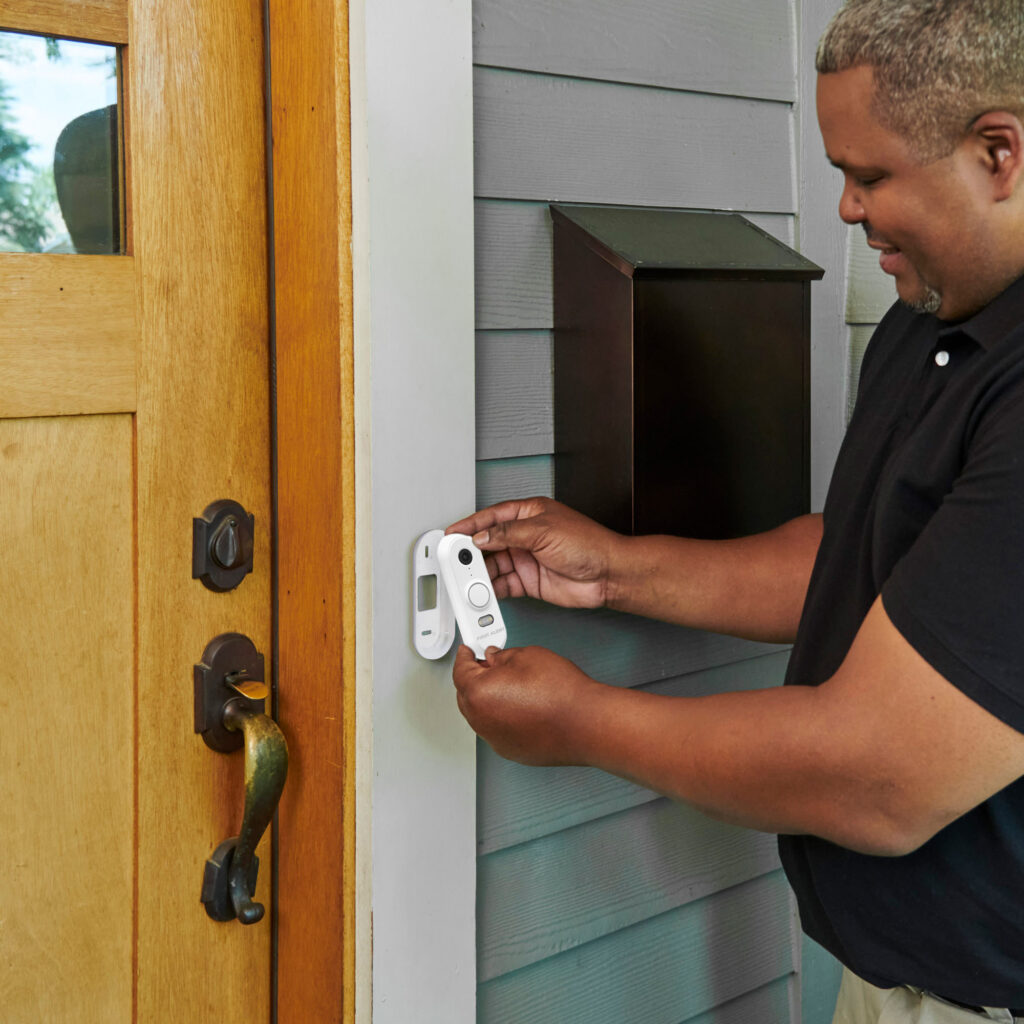Home security has evolved significantly with the advancement of smart technologies and integrators, offering innovative ways to protect homes and families. The traditional methods of home security, such as locks and alarms, are now supplemented by an array of smart devices and systems that provide increased control, flexibility, and peace of mind. One of the most notable advantages of modern security solutions is the integration of various devices into a single, seamless system, allowing homeowners to manage their security from anywhere, at any time. These smart systems work together to create a robust defense, providing real-time monitoring, automated responses, and even predictive capabilities. A key component of this enhanced security is the use of smart cameras and doorbell systems. These devices allow homeowners to monitor their front and back yards remotely, view live feeds, and receive alerts when motion is detected. Many of these systems also include facial recognition technology, providing an added layer of security by notifying users of familiar or unfamiliar faces.

Another significant benefit of smart security systems is their ability to automate responses. Motion detectors, door/window sensors, and smart locks can be integrated to automatically lock doors when the system is armed or alert homeowners when windows are opened unexpectedly. This interconnectedness can extend to other smart home devices, such as lighting systems. For example, lights can be programmed to turn on or off at certain times, creating the illusion of someone being home, or they can be activated by motion, providing both security and convenience. In addition to these real-time monitoring and automation features, advanced analytics and artificial intelligence AI are becoming integral to smart home security systems. These technologies allow devices to learn and adapt to the homeowner’s habits and routines. For instance, smart cameras can identify unusual movements or patterns, such as a person lingering near the door for an extended period, and send an alert and check here https://homebusinessmag.com/home-office/security-home-office/security-system-integrator-enhance-security-home/.
Furthermore, smart home security systems are often integrated with emergency response services, providing an additional layer of safety. In the event of a break-in or fire, for example, the system can automatically alert the authorities, ensuring a quick response. This integration can also include smart smoke detectors and carbon monoxide detectors, which can send alerts directly to the homeowner’s phone and emergency services in case of a hazardous situation. The continuous development of these technologies ensures that home security is becoming not only more effective but also more accessible. Whether through easy-to-install devices or comprehensive, professionally monitored systems, homeowners now have a wide range of options to suit their needs. As a result, the integration of smart technologies into home security systems offers a powerful, convenient, and efficient way to safeguard homes and provide peace of mind for families.